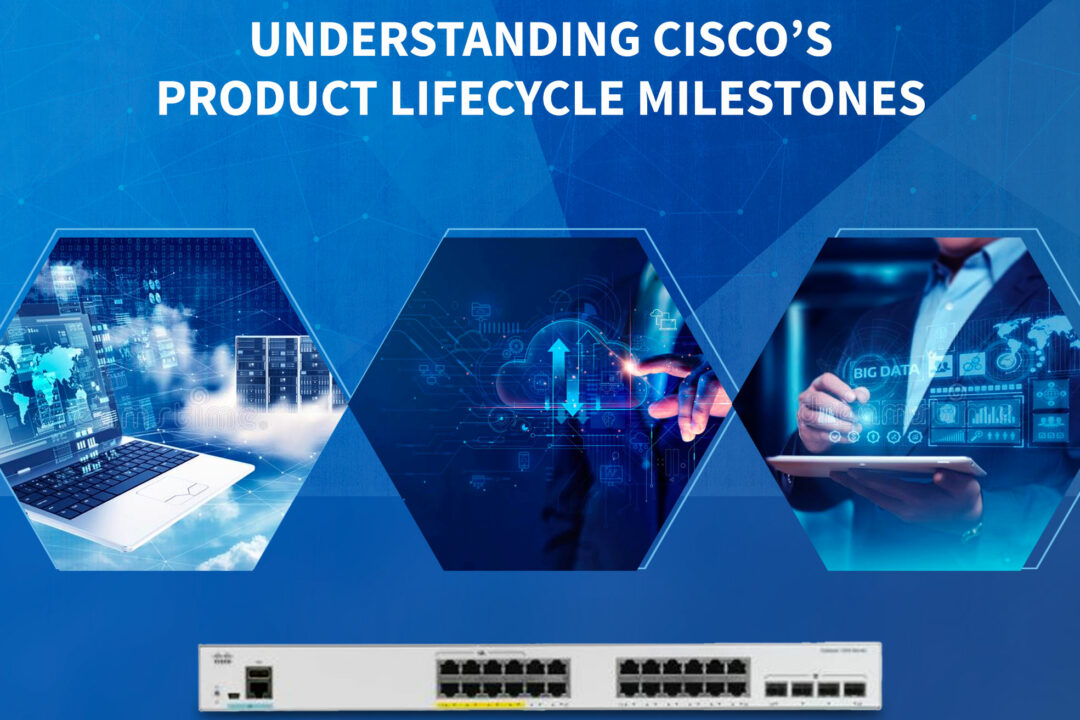Blog

Understanding Cisco’s Product Lifecycle Milestones
Cisco Systems is a leading technology company that specializes in developing, manufacturing, and selling networking hardware, software, and telecommunications equipment. With its extensive portfolio of products, Cisco has created a well-defined process for managing the lifecycle of its products like the Cisco wireless access points and switches. This process is essential to ensure that its customers continue to receive the highest level of support, service, and innovation.
The Cisco product lifecycle consists of four main stages: Introduction, Growth, Maturity, and End-of-Life (EOL). Each stage has its own set of objectives, milestones, and metrics that are carefully monitored and managed by Cisco to ensure that customers receive the best value from their investment in Cisco products.
The Introduction Stage
The first phase of the product lifecycle involves the development, testing, and release of a new product to the market. During this stage, Cisco focuses on establishing a customer base, building brand awareness, and generating revenue. This stage is critical to the success of a product, as it sets the foundation for future growth.
The Growth Stage
This second phase of the product lifecycle involves the rapid expansion of the customer base, increased sales, and market penetration. During this stage, Cisco focuses on enhancing product features, improving performance, and reducing costs. This stage is crucial to the long-term success of a product, as it establishes the product as a market leader.
The Maturity Stage
This phase involves the stabilization of sales, market saturation, and increased competition. During this stage, Cisco focuses on maintaining the product’s market position, managing costs, and maximizing profitability. This stage is essential to the continued success of a product, as it ensures that the product remains relevant in the market.
The End-of-Life Stage
This is the final phase of the product lifecycle, and it involves the discontinuation of the product. During this stage, Cisco focuses on providing support to customers, managing inventory, and transitioning customers to newer products. This stage is critical to the customer experience, as it ensures that customers have a smooth transition to newer products and are not left unsupported.
Cisco’s product lifecycle milestones are designed to ensure that customers receive the best value from their investment in Cisco products. These milestones include the End-of-Sale date, End-of-Support date, and End-of-Life date. The End-of-Sale date is the last day to order a product through Cisco, while the End-of-Support date is the last day that Cisco provides technical support and maintenance for a product. The End-of-Life date is the last day that Cisco provides any support or services for a product.
Understanding these milestones is critical for customers, as it allows them to plan for the future and make informed decisions about their technology investments. By staying up-to-date with Cisco’s product lifecycle milestones, customers can ensure that they have the latest technology, receive the best support, and avoid any disruptions to their operations.
Upgrade your network with the latest Cisco switches in UAE by reaching out to trusted and authorized distributors like Networkise!

